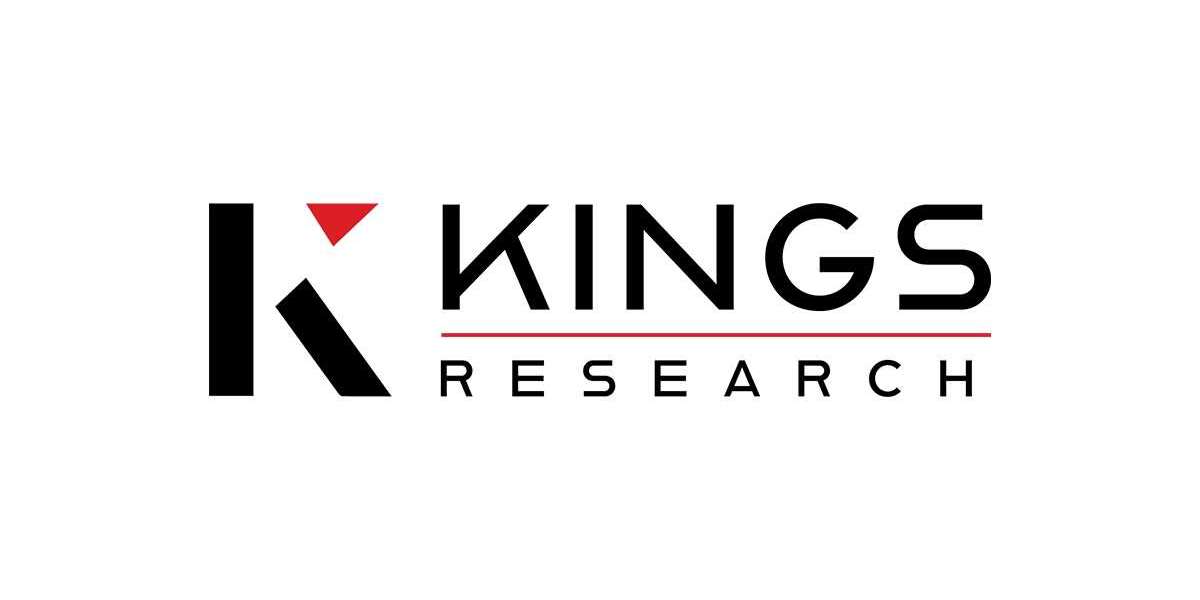What is SonarQube?
SonarQube is a widely used tool for static code analysis, providing developers with a way to monitor and maintain the quality of their code over time. It supports various programming languages, including Java, C#, JavaScript, Python, and more. SonarQube integrates seamlessly into continuous integration (CI) pipelines, making it an essential tool for DevOps practices.
Why Should You Download SonarQube?
- Code Quality and Security: SonarQube analyzes your code and provides detailed insights into potential vulnerabilities, bugs, and code smells, helping to prevent security risks and improve overall code quality.
- Continuous Integration (CI) Support: SonarQube integrates easily into CI/CD pipelines, ensuring that code quality is checked with every build, preventing the introduction of new issues.
- Multi-Language Support: Whether you're working with Java, JavaScript, Python, C++, or other programming languages, SonarQube has you covered with extensive support for multiple languages.
- Actionable Reports: With SonarQube, you get visual reports that help you easily identify problem areas in your code, making it easier to prioritize fixes.
- Scalability: It can scale to handle large codebases, making it suitable for both small teams and large enterprises.
How to Download SonarQube?
To get started with SonarQube, follow these steps to download the tool and set it up on your local machine or server.
Step 1: Visit the Official SonarQube Website
To begin, navigate to the official SonarQube website at. The website provides both a community edition (which is free) and commercial editions with additional features.
Step 2: Select the Right Version
On the SonarQube homepage, you will find options to download the SonarQube Community Edition or other editions based on your needs. For most users, the community edition is sufficient, but if you require advanced features like enterprise-level support or additional integrations, you may opt for one of the commercial editions.
Click on the "Download" button for the selected version.
Step 3: Choose the Platform
SonarQube is available for various operating systems, including Windows, macOS, and Linux. Select the version that is compatible with your system. The download link will provide a compressed file (usually in .zip or .tar.gz format) that contains the necessary installation files.
Step 4: Extract the Files
Once the file is downloaded, extract the contents to a directory of your choice. This will create a folder containing all of SonarQube’s essential components.
Step 5: Start the SonarQube Server
Before you can begin using SonarQube, you need to start the server. In the extracted folder, navigate to the bin directory, and you'll find subdirectories for different operating systems. Choose the one corresponding to your OS (e.g., windows-x86-64 for Windows or linux-x86-64 for Linux).
For Windows, double-click on dockercmd vs entrypointand for Linux or macOS, use the terminal to execute the sonar.sh script. This will start the SonarQube server on your machine.
Step 6: Access the SonarQube Dashboard
Once the server is running, you can access the SonarQube web interface by navigating to http://localhost:9000 in your web browser. You should see the SonarQube dashboard, where you can begin configuring your projects and analyzing your code.
How to Set Up SonarQube with Your Projects?
After you've successfully downloaded SonarQube and started the server, the next step is integrating it with your projects. Here’s how you can do that:
- Install SonarScanner: SonarScanner is the tool that SonarQube uses to analyze your code. You can download it from the official website and configure it with your SonarQube instance.
- Configure Your Project: In your project’s root directory, create a sonar-project.properties file. This file contains the necessary configuration for SonarQube to analyze your code, such as the project key, project name, and source code directories.
- Run Analysis: Once your configuration is complete, use the SonarScanner to run an analysis. This will send the analysis results to your SonarQube instance, where you can view the findings on the dashboard.
Conclusion
Downloading and setting up SonarQube is a simple yet effective way to ensure high code quality in your projects. By following the steps above, you can easily integrate SonarQube into your development workflow and start identifying and resolving issues in your codebase. Whether you're working on small projects or large-scale applications, SonarQube is a valuable tool for maintaining clean and secure code.







